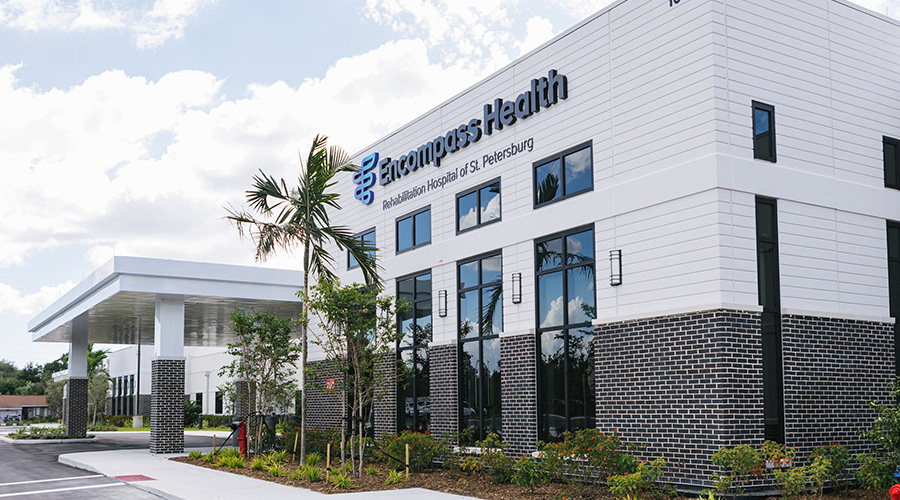Toledo, Ohio, hospitals are dealing with the high concentration of algae that has produced problematic levels of mycrocystin — a toxin that causes gastric distress and, in high enough quantities, liver damage, according to an article on the Becker's Hospital Review website.
Hospitals have backup water sources for navigating this and related water-compromising scenarios, but the emergency departments in the Toledo area have seen increased visits, possibly due to toxins.
ProMedica has seen increased visits at its Toledo, Flower and St. Luke's Hospitals, all in the Toledo area; Mercy Health System saw more ED patients at its St. Anne's and St. Charles Hospitals and St. Vincent Medical Center; and University of Toledo Medical Center also reported an increased number of water-related ED visits. In total, the hospitals saw more than 100 ED patients with potentially mycrocystin-related complaints on Aug. 2 alone.

 A 'Superbug' Is on the Rise in Hospitals
A 'Superbug' Is on the Rise in Hospitals The Next Generation of Security Tech in Healthcare Facilities
The Next Generation of Security Tech in Healthcare Facilities Encompass Health Rehabilitation Hospital of St. Petersburg Opens
Encompass Health Rehabilitation Hospital of St. Petersburg Opens Why More Facilities are Adding Gender Neutral Restrooms
Why More Facilities are Adding Gender Neutral Restrooms Massachusetts Hospital Cyberattack Reflects Growing Vulnerability in Healthcare Systems
Massachusetts Hospital Cyberattack Reflects Growing Vulnerability in Healthcare Systems